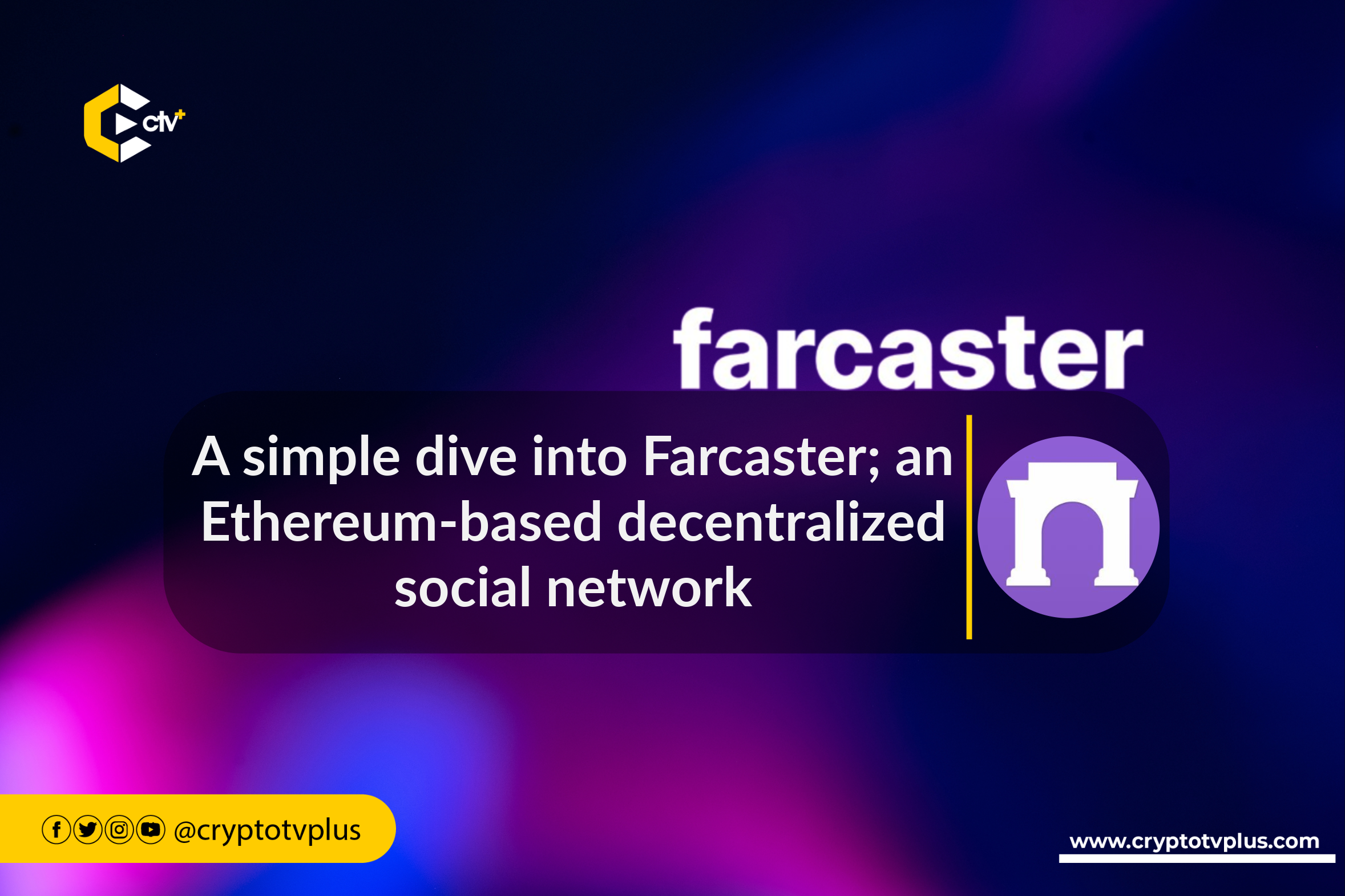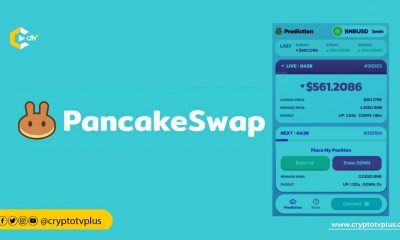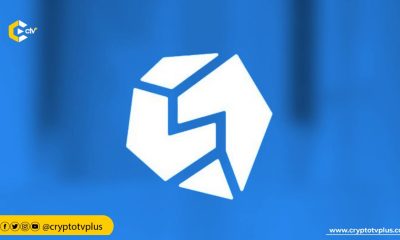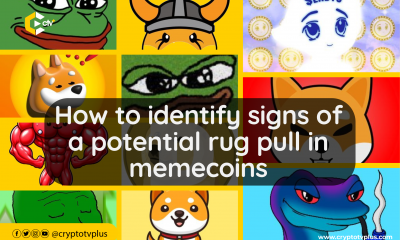News
A simple dive into Farcaster; an Ethereum-based decentralized social network

In the year 2023, the average daily time spent on social media increased to 2.5 hours, surpassing the figures of 151 minutes in 2022 and 147 minutes in 2021. This indicates a clear worldwide inclination toward active participation on social media platforms. As of the third quarter of 2023, Facebook boasts a user base exceeding 3 billion.
While social media is popular, there are concerns about centralized control, how profits are distributed, biased algorithms, de-platforming, censorship, and privacy. These concerns are supported by examples like Meta being fined $276 million for a Facebook data leak involving over 533 million users.
On the other hand, there are decentralized platforms like Steemit, Lens protocol, Mastodon, and Farcaster, which offer a different approach and promise to operate differently.
Challenges with Web3 social media
Web3 social media projects have a complex structure with different layers that change how we interact online. Unlike Web2 projects, these projects are built with multiple components that shape the user experience.
These projects have layers dedicated to identity, social connections, social media, messaging, reputation, credentials, content creators, feeds, and tools. These layers work together to enable decentralized communication, engage communities, and give users more control over their online presence.
However, there are challenges to overcome, especially when it comes to scalability. The high number of transactions and interactions in Web3 social media ecosystems require innovative solutions to improve speed and ensure smooth user experiences.
To address scalability concerns, several initiatives can help. These include Layer-2 scaling, sidechains, sharding, and zero-knowledge rollups. These solutions aim to reduce congestion on the main blockchain by moving transactions to secondary layers or parallel chains. This way, Web3 social media platforms can handle more users without sacrificing performance.
However, scalability is not the only challenge for decentralized social networks like SocialFi. Another important hurdle is creating a sustainable economic model that promotes ecosystem growth and fairly rewards participants.
Moving to SocialFi means rethinking how revenue is generated and how the platform is monetized. Tokenization, decentralized finance (DeFi) mechanisms, and new incentive structures can play a role in achieving economic sustainability within decentralized social networks.
In addition, it’s crucial to design a strong governance framework that allows users to actively participate in making decisions about the platform.
What is Farcaster?
Farcaster is an Ethereum-based social networking platform for digital interaction. It gives users the ability to create personalized profiles, share messages, connect with others by following them, and join specialized communities called channels.
Farcaster operates on a public and decentralized model, which means users have full control over their accounts and relationships. This ensures that user data is secure and cannot be controlled by a central authority, unlike traditional social media platforms.
Farcaster, made by Dan Romero and Varun Srinivasan, the creative minds behind Merkle Manufactory, aims to change the way we do social networking. Drawing on their expertise gained at Coinbase, Romero and Srinivasan have developed Farcaster as a platform that empowers users, enabling them to reclaim control over their digital identities fairly and inclusively.
Features of Farcaster
Farcaster utilizes a hybrid architecture that combines on-chain and off-chain elements. The identity information is stored on-chain, while the data itself is stored off-chain. By adopting this approach, critical actions such as creating accounts, paying rent for data storage, and adding account keys for apps are recorded on the blockchain.
The on-chain systems of Farcaster are implemented through contracts on the OP Mainnet. These contracts include the ID registry, Storage Registry, and Key Registry, which manage tasks like account creation, storage rent payments, and app key issuance.
On the other hand, operations such as a peer-to-peer network of servers (known as Hubs) that store user data, along with actions like posting messages and following users, are performed off-chain.
Farcaster includes Hubs, which are distributed networks of servers responsible for storing and validating Farcaster data. These Hubs synchronize data from on-chain contracts and off-chain hubs, allowing users to access and update data.
The design of Farcaster involves several key components, including validation, storage, replication, consistency, and peer scoring. The Hubs play a crucial role in ensuring secure data storage.
Another notable feature of Farcaster is its integration with the Ethereum Name Service (ENS), which provides human-readable identifiers. The protocol supports both on-chain ENS names (e.g., @alice.eth) and off-chain ENS names (Fnames or fnames).
With Farcaster, users can register on-chain ENS names on Ethereum L1. However, off-chain fnames are free but must adhere to a usage policy.
In terms of governance, Farcaster follows a model based on rough consensus and running code. Proposed changes gain acceptance from protocol developers, hub runners, app developers, and users. The governance process relies on the FIP (Farcaster Improvement Proposal) process, which encourages a diversity of opinions.
Furthermore, Farcaster has recently introduced “Frames” to the platform. These interactive mini-applications serve as a way for users and developers to organize and share content. Frames support various post types, including text, images, videos, links, polls, quizzes, and more.
User metrics
Daily unique casters — users who post content on Farcaster-based social apps like Warpcast — jumped from around 2,400 on January 25, the day before Frames launched, to 19,100 on Saturday, according to The Block’s data dashboard. Daily unique reactors, or those who engage with content, went from roughly 2,700 to 25,000 over the same period.
As of February 14, 2024, the number of users is at 28k unique casters and 38k unique reactors.
Growth in overall Farcaster casts and reactions has been even more pronounced, surging from 11,000 to 127,000 and 29,000 to 514,000 between Jan. 25 and Feb. 3, respectively.
For now, the Farcaster fear of missing out is real, with related NFTs and tokens also benefiting from the surge in activity.
The Farcaster OG NFT — something of a status symbol for early adopters of the protocol — has seen its floor price rise over 250% from 0.69 ETH to 2.54 ETH ($5,900) over the past week, according to data from the NFT marketplace OpenSea. Another Farcaster-linked NFT collection, Farcats, has risen over 650% from 0.09 ETH to 0.69 ETH ($1,600) during the same period.
Meanwhile, DEGEN — an airdropped ERC-20 token initiated by the Degen community in the Base and Farcaster ecosystems — has surged around 800% from $0.00028 to $0.0025 since Jan. 29, according to CoinGecko.
Projects on Farcaster
There are over 20 projects built on the Farcaster protocol. One of the most popular is Warpcast. Warpcast is a popular client for accessing Farcaster, with a structure reminiscent of the social media platform X (formerly known as Twitter). On Warpcast, users create “casts” and “recasts,” which are similar to “tweets” and “retweets” on X. Individuals who post on Warpcast are called “warpcasters.”
As a Farcaster client, Warpcast offers users account control similar to email. Users can connect with others by creating profiles, sharing public messages, and exploring content from fellow users. Some key features of Warpcast include the ability to establish a Farcaster account with a public profile, engage in posting and replying to public messages, and discover other users’ profiles.
Others are Alertcaster, Blobs, Buidler, Farcaster User Stats, Frens, and Gang.
Read also; South Korea considers approval of US Spot Bitcoin ETF












